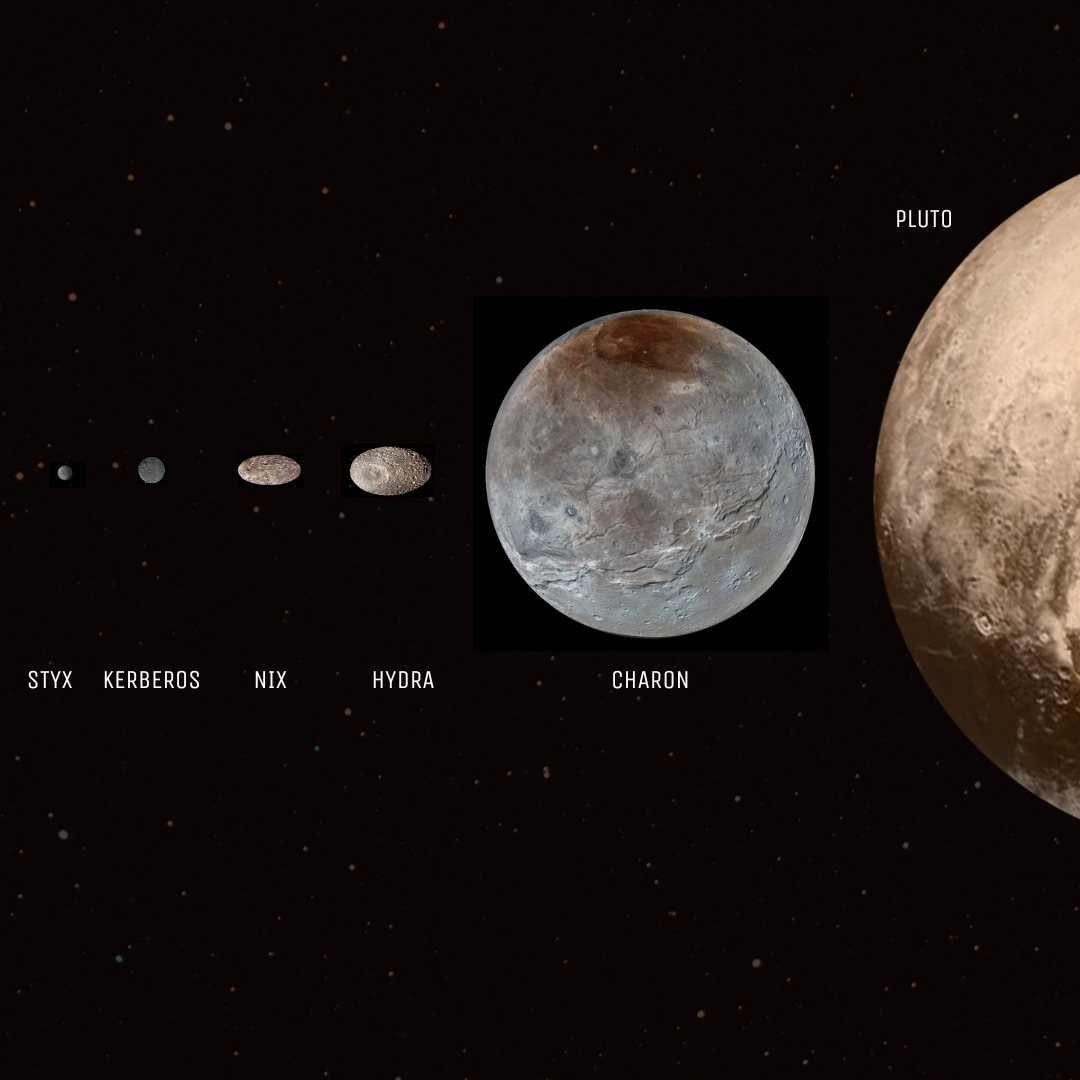Pluto, the largest known dwarf planet in the Kuiper Belt, and its five moons—Charon, Styx, Nix, Kerberos, and Hydra—constitute the Plutonian system. Once considered the ninth planet in our solar system, Pluto was reclassified as a dwarf planet in 2006. The flyby of the New Horizons spacecraft in 2015 provided groundbreaking data and high-resolution images, significantly advancing our understanding of this distant and enigmatic system.
- Geology and Surface Features of Pluto
Pluto's diverse geology features vast plains, towering mountain ranges, and vast glaciers. The Sputnik Planitia, a large nitrogen ice plain, constitutes a significant portion of Pluto's surface and exhibits evidence of active geological processes. The presence of complex organic molecules, known as tholins, gives Pluto its reddish hue. The discovery of possible cryovolcanism and tectonic activity has provided valuable insights into the geological history of this dwarf planet.
- Atmosphere and Climate
Pluto's thin atmosphere, primarily composed of nitrogen, with traces of methane and carbon monoxide, has been found to extend much further into space than previously anticipated. The New Horizons mission discovered a complex climate system with hazes, possible clouds, and evidence of atmospheric escape. The variations in surface pressure and temperature are influenced by Pluto's highly elliptical orbit and axial tilt.
- Charon: Pluto's Largest Moon
Charon, the largest of Pluto's moons, exhibits a strikingly diverse landscape, featuring vast plains, deep canyons, and rugged mountains. Its reddish polar cap, believed to be composed of tholins, demonstrates a complex interaction between Pluto and Charon's atmospheres. The moon's geology and composition have raised questions about its formation and the possible presence of a subsurface ocean.
- The Small Moons: Styx, Nix, Kerberos, and Hydra
The Plutonian system's smaller moons—Styx, Nix, Kerberos, and Hydra—are irregularly shaped and exhibit a range of surface features. These moons have chaotic rotation and unique orbital dynamics, likely influenced by the gravitational interactions within the system. Their origins remain a subject of debate, with the leading hypothesis suggesting that they formed from the debris of a massive collision between Pluto and another Kuiper Belt object.
- Implications for the Formation and Evolution of the Plutonian System
The discoveries made by the New Horizons mission have provided valuable information about the formation and evolution of the Plutonian system. The current leading hypothesis suggests that a massive collision between Pluto and another Kuiper Belt object led to the formation of Charon and the smaller moons. Further research is needed to understand the complex interactions between the system's components and the implications for other Kuiper Belt objects.

